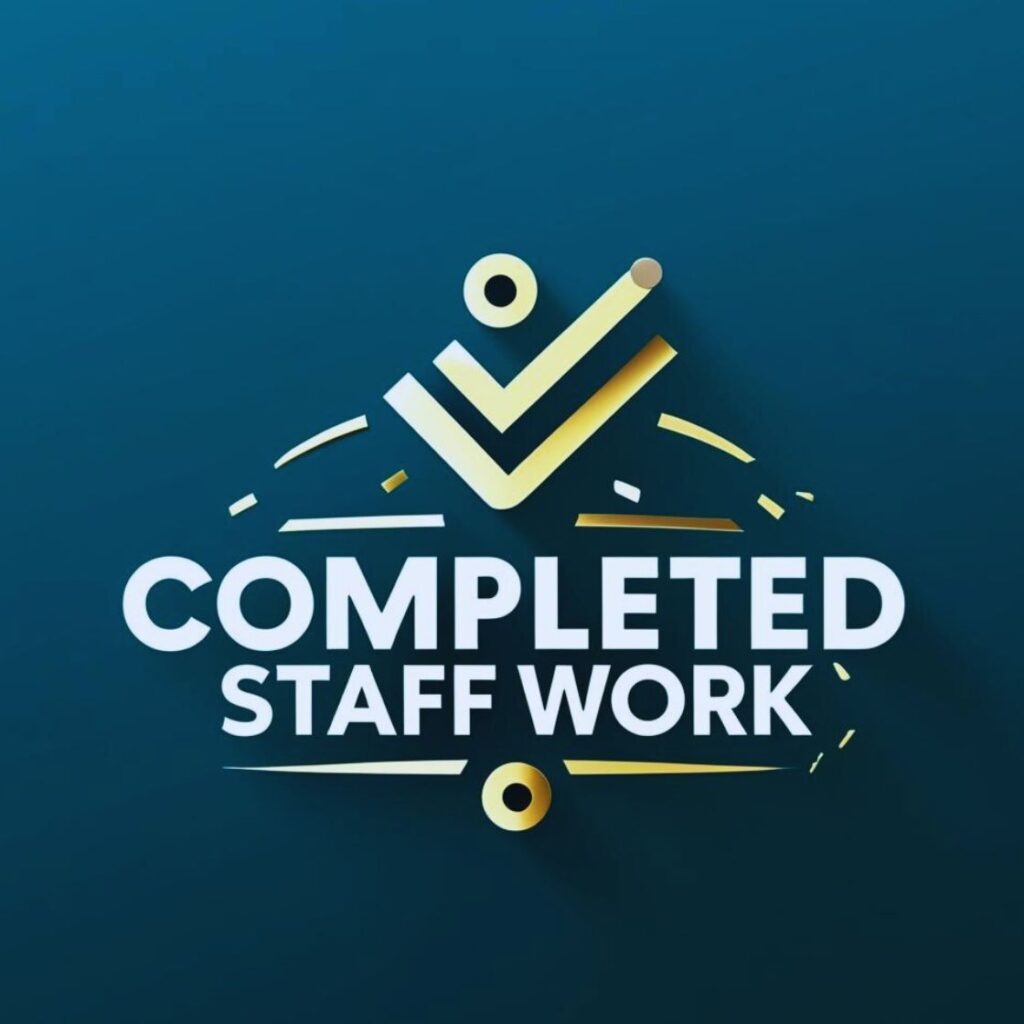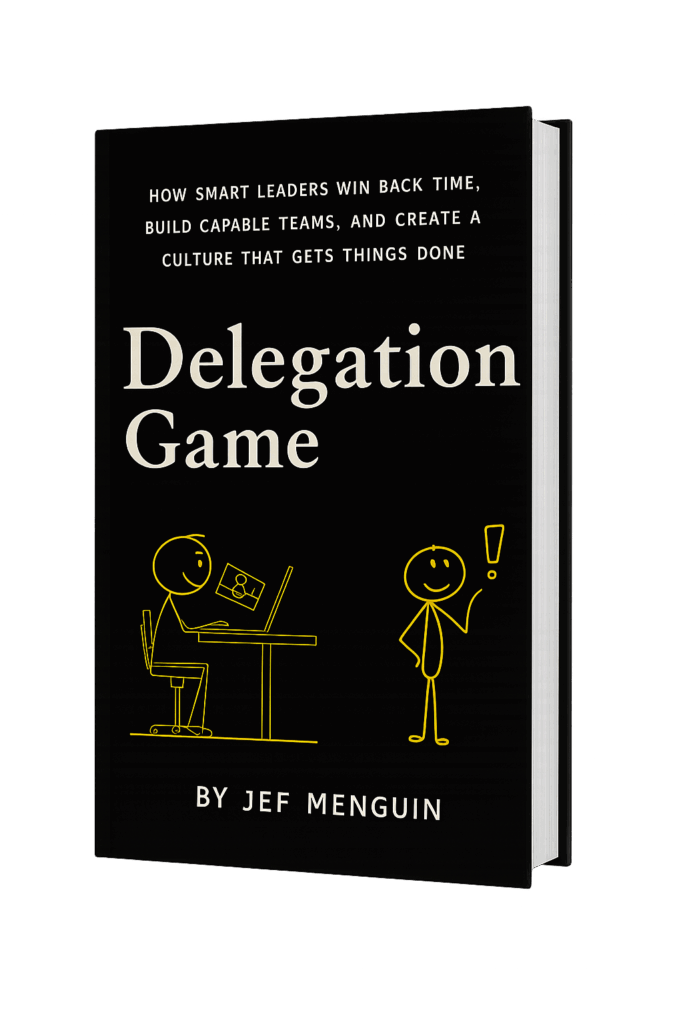Imagine you run a dive resort. Every day, excited guests come to explore the underwater world. They want an unforgettable experience. But sometimes, things don’t go as planned. Maybe the booking process was confusing, or the dive gear wasn’t ready on time. These little hiccups can turn a fun adventure into a frustrating one.
This is where customer journey mapping comes in. It’s like drawing a treasure map of all the steps your guests take, from the moment they hear about your resort to the time they leave with a smile. When you map out their journey, you can see where things go wrong and fix them.
But you can’t do it alone. You need your team – the people who welcome guests, teach diving, and prepare the equipment. They know the ins and outs of the resort and can offer great ideas.
In this article, we’ll show you five easy steps to get your team involved in mapping the customer journey. Together, you’ll make your dive resort a place where every guest has an amazing experience.
Ready? Let’s dive in!
Step 1: Educate Your Team on the Importance of Customer Journey Mapping
Imagine it’s a sunny morning at your dive resort. The waves are gently lapping at the shore, and a fresh group of guests is arriving. Everyone is excited about the adventures ahead. But for everything to go smoothly, your team needs to understand the journey each guest takes from start to finish.
First, gather your team in a cozy spot with a view of the ocean. You can start by explaining what customer journey mapping is in simple words. Tell them it’s like creating a treasure map that shows all the steps a guest goes through when visiting the resort. This includes everything from finding your website to booking a dive, checking in, and finally, sharing their amazing experience with friends.
Next, share a story. For example, talk about a guest named Sarah who loves diving but had a few bumps during her stay. Maybe she had trouble finding the booking page on your website. Or perhaps she waited too long to get her diving gear. These little problems can make her visit less enjoyable.
Explain how customer journey mapping helps spot these problems. When the team knows where guests might have a hiccup, they can work together to make things better. For instance, they might suggest clearer signs at the resort or a smoother check-in process.
Show them the benefits. Happy guests will come back, tell their friends, and leave great reviews. This means more business and more fun for everyone at the resort.
Finally, encourage questions. Let your team share their experiences and ideas. They see things from a different angle and can offer valuable insights. Make it a fun and open discussion where everyone feels involved.
By the end of this step, your team will understand why mapping the customer journey is important and be ready to dive into the next steps with enthusiasm.
Step 2: Gather Cross-Functional Teams
After your team understands the importance of customer journey mapping, it’s time to bring everyone together. Remember our story about Sarah, the guest who had a few hiccups during her stay at the dive resort? To make sure guests like Sarah have a perfect experience, we need ideas from everyone.
Start by inviting people from different parts of your resort. This means bringing in the friendly folks at the front desk, the diving instructors, the maintenance crew, and even the marketing team. Each person sees the resort from a unique angle and has valuable insights.
Imagine gathering your team in a room with a big whiteboard. You explain that you’re all there to make the guest experience as smooth as possible. You remind them of Sarah’s journey and how she encountered a few bumps along the way.
Now, it’s time for each team member to share their part of the story. For example, the front desk staff can talk about the check-in process. Do guests look confused when they arrive? The diving instructors can discuss how easy or hard it is for guests to get their gear. The maintenance team can mention if they’ve noticed guests struggling with anything around the resort.
Encourage everyone to be open and honest. This is not about blaming anyone but about finding solutions together. For instance, the front desk team might suggest adding a welcome sign with clear instructions. The diving instructors might propose a quick orientation session for new guests.
As everyone shares their experiences, you’ll start to see the full picture of a guest’s journey. Write down all the ideas and observations on the whiteboard. This will help you identify the key touchpoints where guests might face challenges.
By gathering a cross-functional team, you ensure that all aspects of the guest experience are covered. This step is crucial because it brings diverse perspectives and practical solutions to the table. Together, you can make sure that every guest, like Sarah, has an unforgettable experience at your dive resort.
Next, we’ll dive into how to make these meetings fun and productive with workshops and brainstorming sessions.
Step 3: Facilitate Workshops and Brainstorming Sessions
Now that you have your diverse team assembled, it’s time to turn ideas into action. Remember, we’re still focused on making the journey smoother for guests like Sarah. To do this, you’ll need to organize workshops and brainstorming sessions that are both fun and productive.
Start by setting a friendly and relaxed atmosphere. Choose a comfortable spot, maybe with a view of the ocean to keep everyone inspired. Begin the workshop with a brief recap of Sarah’s story and the insights you’ve gathered so far. This will help everyone stay focused on the goal: improving the guest experience.
Here are some tips to make your workshops effective:
1. Use Interactive Activities: Kick things off with an icebreaker to get everyone relaxed and talking. Then, move on to interactive activities like role-playing. For example, have someone act as a guest checking in for the first time while others observe and note any challenges they see. This hands-on approach helps the team understand the guest’s perspective better.
2. Encourage Open Discussion: Create a safe space where everyone feels comfortable sharing their thoughts. Use a whiteboard or sticky notes to jot down every idea, no matter how small it seems. For instance, a diving instructor might suggest a better way to organize gear, while a maintenance crew member might notice a tricky spot where guests often trip.
3. Brainstorm Solutions Together: Once all the ideas are on the table, start brainstorming solutions. Encourage creative thinking and let everyone contribute. For example, if Sarah had trouble finding the booking page on your website, the marketing team might suggest simplifying the design. If guests often wait too long for their gear, perhaps the diving instructors can create a more efficient system.
4. Prioritize and Plan: After brainstorming, it’s time to prioritize the ideas. Which changes will have the most significant impact on the guest experience? Focus on these first. Create a simple action plan with clear steps and assign tasks to team members. For instance, the front desk team might be responsible for updating check-in procedures, while the diving team works on the gear system.
5. Keep the Energy Up: Make sure the session is engaging and upbeat. Play some background music, provide snacks, and take short breaks to keep everyone energized. The goal is to make the process enjoyable so that everyone is motivated to contribute their best ideas.
By the end of the workshop, your team will have a list of actionable steps to improve the guest journey. They’ll also feel more connected and committed to making the dive resort an even better place for guests like Sarah.
With everyone on the same page and energized to make a difference, we can move on to the next step: creating and analyzing customer personas to better understand our guests.
Step 4: Create and Analyze Customer Personas
With your team energized and armed with great ideas from the workshops, it’s time to dive deeper into understanding your guests. Remember Sarah, our diving enthusiast? To make sure all your guests have a fantastic experience, you need to create detailed customer personas.
1. Understand What a Persona Is: A customer persona is like a character in a story. It’s a detailed description of a typical guest who visits your resort. It includes their interests, needs, and challenges. Creating these personas helps you see the resort experience through their eyes.
2. Gather Information: Start by collecting information about your guests. Use surveys, feedback forms, and even casual conversations to learn more about them. For instance, you might discover that many guests are beginner divers who need extra guidance, while others are seasoned divers looking for unique underwater adventures.
3. Create Detailed Personas: Based on the information you’ve gathered, create a few detailed personas. Let’s say one persona is “Beginner Beth.” Beth is excited about her first diving experience but feels a bit nervous. She wants clear instructions and a friendly guide. Another persona might be “Expert Eric,” who has dived all over the world and is looking for challenging dive sites and top-notch gear.
4. Share and Discuss: Share these personas with your team. Gather everyone again, just like in the previous workshops. Explain who Beth and Eric are, what they like, and what challenges they face. Encourage your team to think about how these personas interact with the resort at each step of their journey.
5. Map the Journey for Each Persona: Now, take each persona and map out their journey in detail. For “Beginner Beth,” start from the moment she hears about the resort. What does she see on the website? How does she book her dive? What happens when she arrives at the resort? What kind of support does she need during her first dive?
For “Expert Eric,” consider different touchpoints. Does the website highlight advanced dive sites? Is the check-in process quick and smooth? Does he get the top-notch gear he expects? Think about every step and how you can make it better.
6. Identify Touchpoints and Pain Points: As you map out these journeys, identify key touchpoints – moments that are crucial in shaping the guest’s experience. Also, spot any pain points where things might go wrong. For Beth, a pain point could be unclear instructions during her first dive. For Eric, it might be waiting too long for gear.
7. Brainstorm Solutions: Get the team to brainstorm solutions for these pain points. For example, to help Beth, you might create a beginner’s guide or offer a personal diving buddy. For Eric, you might streamline the gear check-out process and ensure that high-quality equipment is always available.
By creating and analyzing these customer personas, you’ll have a clear understanding of your guests’ needs and expectations. This will help you tailor the resort experience to make sure everyone, from nervous beginners to seasoned pros, has an unforgettable time.
Now that you have a clear picture of your guests, it’s time for the final step: mapping the customer journey and identifying all the important touchpoints.
Step 5: Map the Customer Journey and Identify Touchpoints
Now that you have detailed customer personas and a team eager to improve, it’s time to create the customer journey map. This map will show each step guests take from the moment they think about visiting your dive resort until they leave with great memories. Let’s dive into the final step!
1. Start with the Beginning: Begin by mapping out the first point of contact for your guests. This could be when they first hear about your resort, maybe through a friend, a social media post, or a Google search. For our personas, think about how “Beginner Beth” and “Expert Eric” might discover your resort differently.
2. Detail Each Step: Next, list all the steps they take from initial interest to booking. What does your website look like to Beth and Eric? Is it easy to navigate? Do they find all the information they need? Continue mapping each step: booking, arrival at the resort, check-in, diving experiences, and departure.
3. Identify Key Touchpoints: Touchpoints are critical moments where guests interact with your resort. These are moments that can make or break their experience. For “Beginner Beth,” a key touchpoint might be the first interaction with the diving instructor. For “Expert Eric,” it might be the condition and availability of the diving equipment.
4. Spot Pain Points: Identify any pain points along the journey. For example, Beth might feel overwhelmed if the check-in process is complicated. Eric might get frustrated if the gear isn’t ready on time. Use the insights from your team discussions to highlight these pain points on the map.
5. Brainstorm Improvements: Gather your team again and brainstorm how to improve these touchpoints. Here are some ideas:
- Simplify the Website: Make sure the booking process is straightforward with clear instructions and easy navigation.
- Welcoming Check-In: Ensure the front desk staff is trained to greet guests warmly and provide clear information.
- Personalized Experiences: For Beth, offer a beginner’s package with a personal guide. For Eric, ensure there’s always high-quality gear ready and waiting.
- Feedback Loop: After each dive, ask guests for quick feedback. This helps you catch any issues early and shows guests you care about their experience.
6. Visualize the Journey: Create a visual map of the customer journey. You can use a big poster or digital tools. Draw each step, touchpoint, and pain point. This map will be a living document that you can update as you gather more insights.
7. Implement and Monitor: Finally, put your improvements into action. Train your team on the new processes and make sure everyone is on the same page. Monitor the guest experience closely and continue gathering feedback. This way, you can keep refining the journey and making it better.
By mapping the customer journey and identifying key touchpoints, you ensure that guests like Sarah, Beth, and Eric have a seamless and enjoyable experience from start to finish. Your team will be more engaged, and your guests will leave with smiles, eager to return and share their great experiences.
Create wow!
Customer journey mapping is a powerful tool that helps you see your resort through your guests’ eyes. By involving your team in this process, you create a shared vision and commitment to excellence. Start today, and watch your dive resort become a place where every guest’s adventure is unforgettable.




